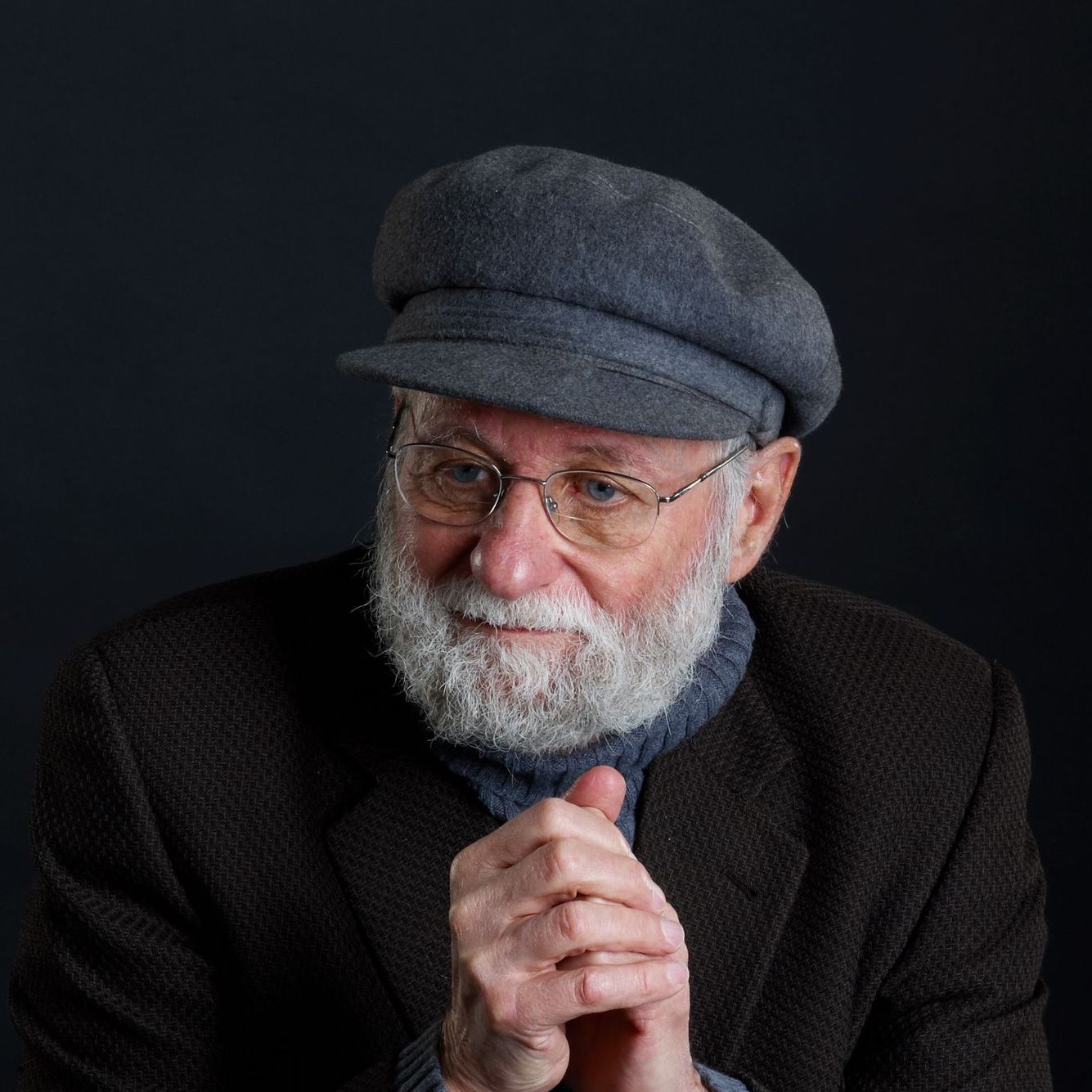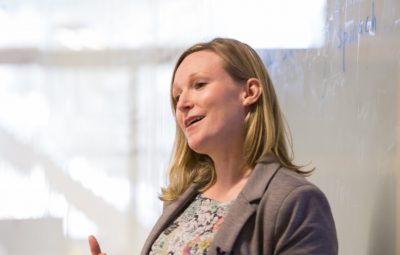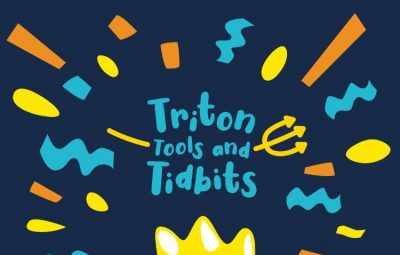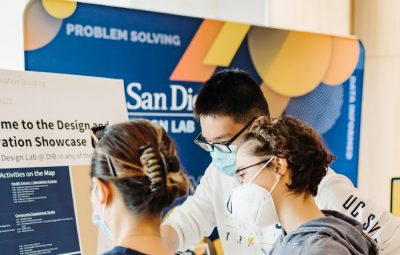Many of you know that for a long time I have been partnering with IBM Design and The World Design Organization to rethink the curriculum for design. This is a progress report.
The History
It all started in March 2014 when Scott Klemmer and I wrote a paper called “State of Design: How Design Education Must Change” published in LinkedIn. (Why LinkedIn? Because of the wide, diverse readership: This paper has been read by 50,167 people, with 93 comments.)
Read the article here: https://bit.ly/31Qqv1W
Design Lab
When Scott, Jim Hollan, and I started the Design Lab, we knew what we did NOT wish to do: build a traditional design education. Our training was rich and varied, and we wanted our students to have a similarly broad education. We wanted to do things that made a real difference in the world. After all, our origin was from Cognitive Science and computers — Human Behavior and Technology, Design is an applied field that requires multi-disciplinary approaches to important, difficult issues.
The Meyer & Norman paper provided a structure
More recently, I was asked to contribute to a special issue of the new design journal, She Ji, on Design Education. I invited Michael Meyer to join me. The result was a paper called “Changing Design Education for the 21st Century,” where we suggested that Design can use the procedures that allowed other fields (e.g., medicine, law, and management) to restructure their education with special attention to the framework for a family of curricula devised by Computer Science. https://doi.org/10.1016/j.sheji.2019.12.002
The Activity: Sponsorship and a Steering Committee
My colleague Karel Vredenburg at IBM Design thought this was so important that he offered IBM Design as a co-sponsor the multiple-year effort (which we believe will require over one hundred people. The World Design Organziationalso asked if they could join. We enlisted a Steering Committee of academics and practitioners with a rich variety of backgrounds and interests, people who have worked around the globe and are now across the United States, working in China, Sweden, the UK, and Switzerland.
We started in the BC years (Before COVID), which delayed our progress, but we are now announcing our presence. We have written a letter of invitation and we have a website https://www.FutureOfDesignEducation.org/.
The invitation letter and the names (and photos) of the Steering Committee can be found on the website.
To learn more about this project and the different levels of involvement, to volunteer yourself, and to propose other candidates, visit our website: https://www.FutureOfDesignEducation.org/.
– Don Norman, Director, UC San Diego Design Lab






